What Exactly Is Slow Decorating?
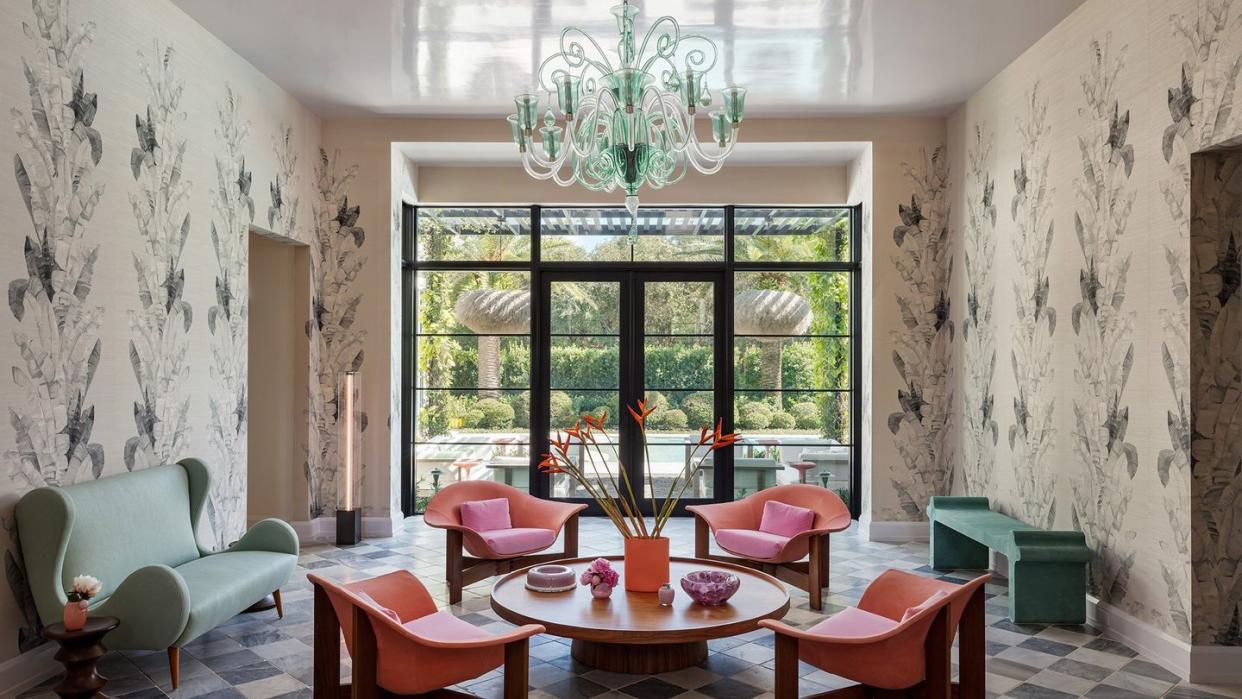
"Hearst Magazines and Yahoo may earn commission or revenue on some items through these links."
So many of us—whether we're living in sprawling homes with myriad rooms or tiny studios in crowded cities—experience that burning eagerness to just get the decorating process over with as soon as possible so that we can live life and enjoy our spaces. But there's a growing push to do just the opposite: slow decorating.
What is slow decorating, though? It doesn't simply refer to the speed at which you decorate but rather the process of choosing pieces with purpose and intention that you'll ideally love now and in a decade's time. Los Angeles–based interior designer Jenni Kayne says, "Personally, I think there are so many benefits to taking your time when decorating your home. Living in a space really shows you what you are missing and how you want to and will want to live in it." Plus, slowing down and enjoying the process ensures you won't make any rash decisions that might later transform into regrets.
In addition to making thoughtful decisions about what you fill your home with, slow decorating has some obvious benefits. Namely, if you take the unnecessary deadline out of the equation, it totally eliminates the self-inflicted pressure to hurry. Secondly, impulse purchases can be a waste of money you didn't really need to spend. Taking your time gives you the opportunity to budget, thinking about what you'd like to splurge on and what you'd like to approach with a bit more frugality. And finally, slow decorating affords you the opportunity to figure out what your style is and consider how it may evolve over time, allowing you to choose pieces that really resonate with you.
Below, find designer-approved tips, tricks, and advice on the best ways to slow decorate.
Accept That You'll Never Be Done
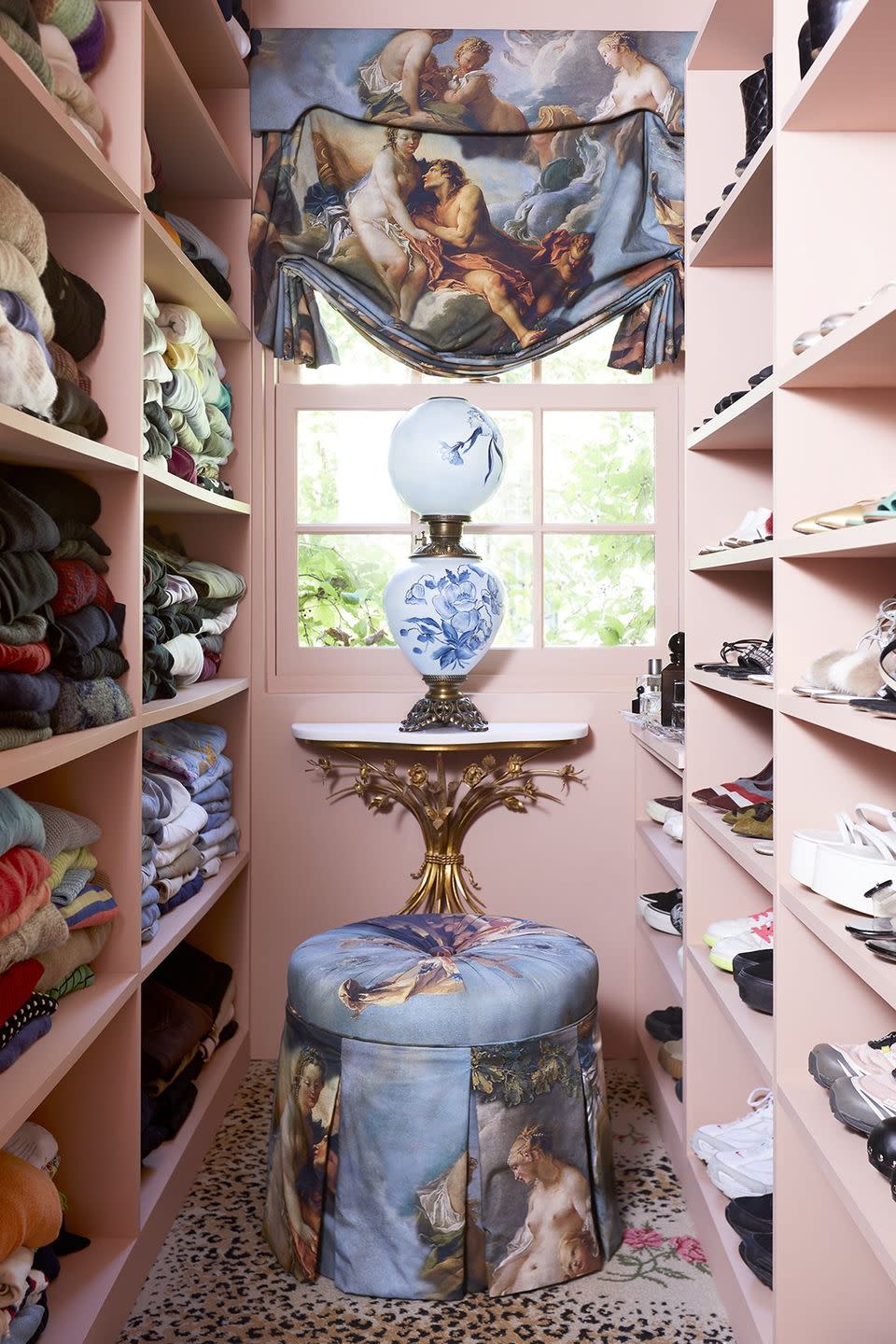
Think of your home as you do your closet: Do you ever tuck away a pair of recently purchased jeans and think, I'm finally done. I'll never need to buy another article of clothing again? Perhaps, but it's unlikely considering how much you and your sense of style evolve. Not to mention, the purpose your clothes serve may also change. Your home functions the same way in that you'll likely want to change things around at some point or another. Whether it's the paint on the walls or the dresser in your child's room, there will always be at least one element that doesn't feel quite right anymore. New York–based interior designer Sasha Bikoff says, "Design is never done. As people, we evolve, and so do our interior spaces. They're a constant reflection of our lives."
Use What You Have
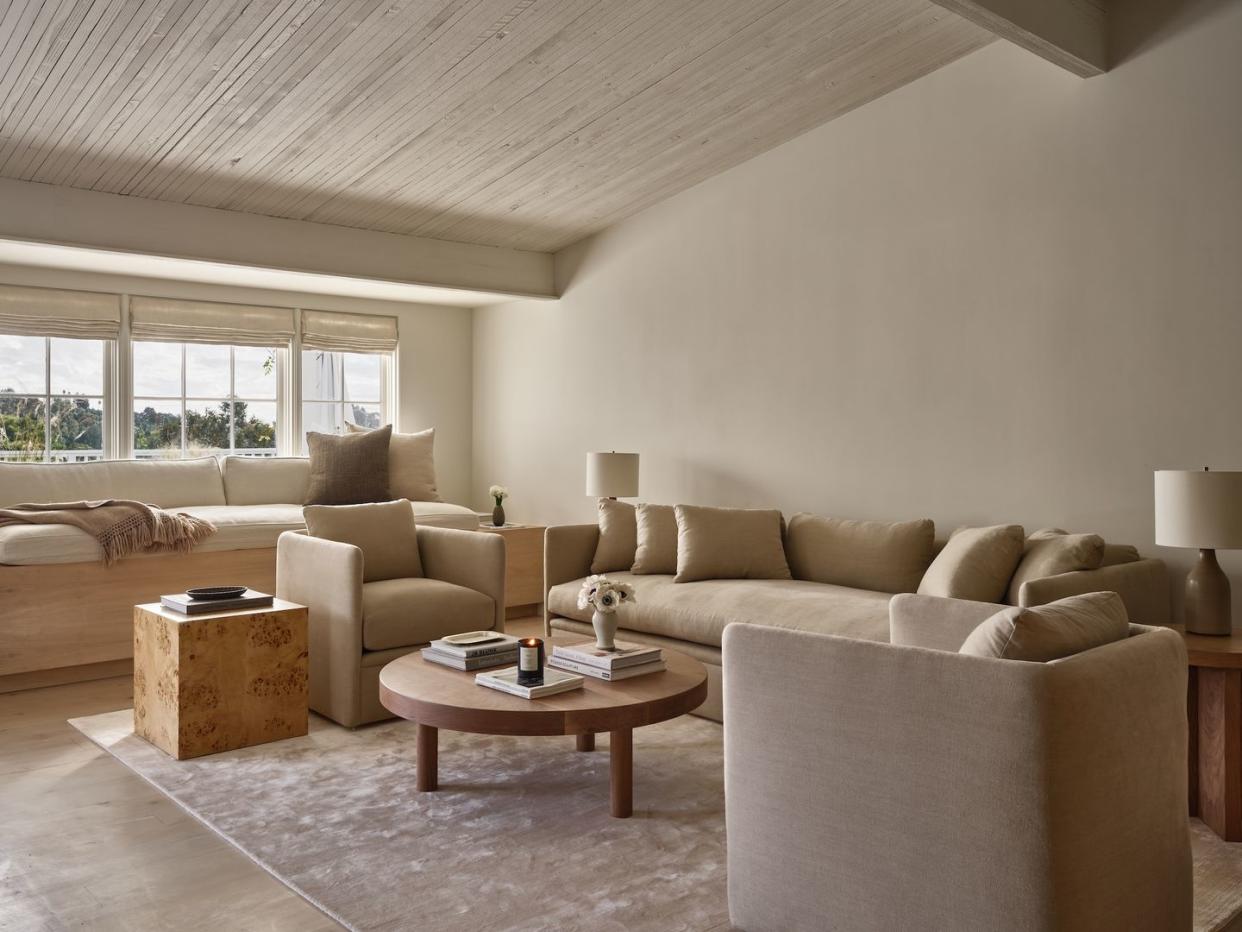
"I am such a proponent of using a piece you already have—even if it doesn't fit the space—while you search for the 'right' piece," Kayne says. Plus, popping a rug from your previous home into the new living room or surrounding your new dining table with old chairs just gives you more time and removes any unnecessary pressure to perfect the space in a hurry. "Personally, I think there are so many benefits to taking your time when decorating your home. In my first home, we remodeled, and I waited almost a year to decide what kind of coffee table was right for the living room," Kayne admits. "What I ended up designing and placing in the space isn't something I ever would have chosen had I not been patient and really spent time in the space."
After all, contrary to popular opinion, getting it done fast doesn't necessarily mean it's good or that the pieces you chose on a whim are worthy of your space. So, instead of simply buying something you see on Instagram or in a storefront window, take some time to think about what you envision for the space and what you'd want to see stylishly coexisting with the pieces already living in the room. Salt Lake City–based designer Shea McGee says, "A lot of people need a sofa and a dining table right away, and that's okay. You can save the rest to find secondhand or shop for other rooms in your home. You may have a rug that you love, but it's too small. Instead of getting rid of it, bring in a rug to layer underneath it and live with it in the meantime."
Shop With Intention
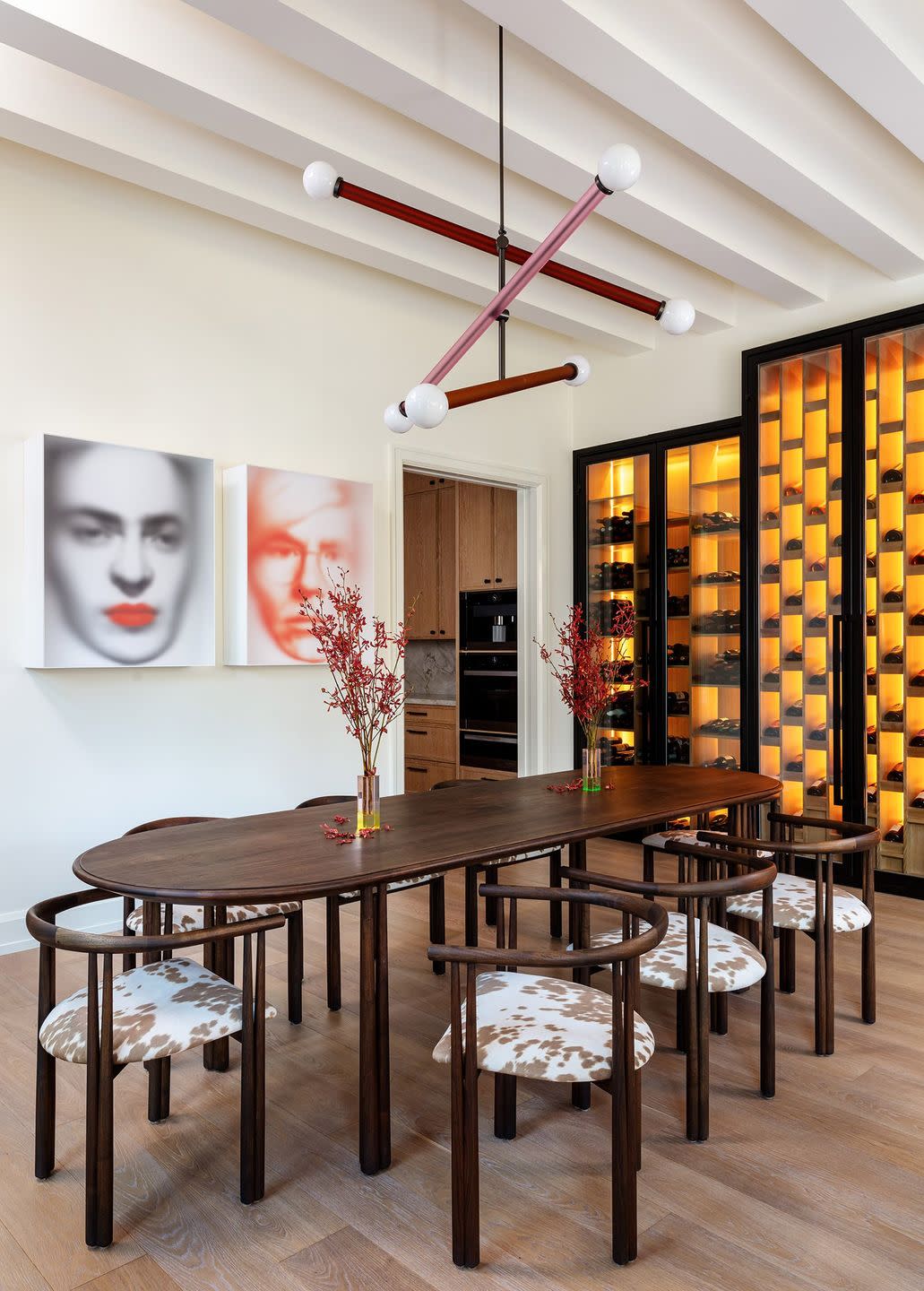
Art consultant Emily Santangelo says, "In my view, slow decorating is purposeful and intentional, as it allows for a more straightforward dialogue." So, instead of simply buying pieces you like and hoping they look good together (or that you'll still enjoy them in years to come), Santangelo suggests ruminating on what you want these pieces to do for your space. "Is the focus to build a meaningful collection or fill up wall space? If it's the former, then slow decorating accommodates this mandate and really allows both the interior design of the space and the art collection to evolve together."
If you're moving into your space as a first-time homeowner, for example, there's no rush to fill the walls with art and the floors with furniture. Explore what's out there, take note of what captures your attention, and go from there. When it comes to decorating your own spaces, intentions can be as simple as "I will enjoy my home and its contents for years to come," which will help you make purposeful choices. On the other hand, if you're moving into a house with a short-term lease, your intention can be a bit more immediate: "I will decorate my space in ways that express how I am feeling at this moment."
Use Social Media Strategically
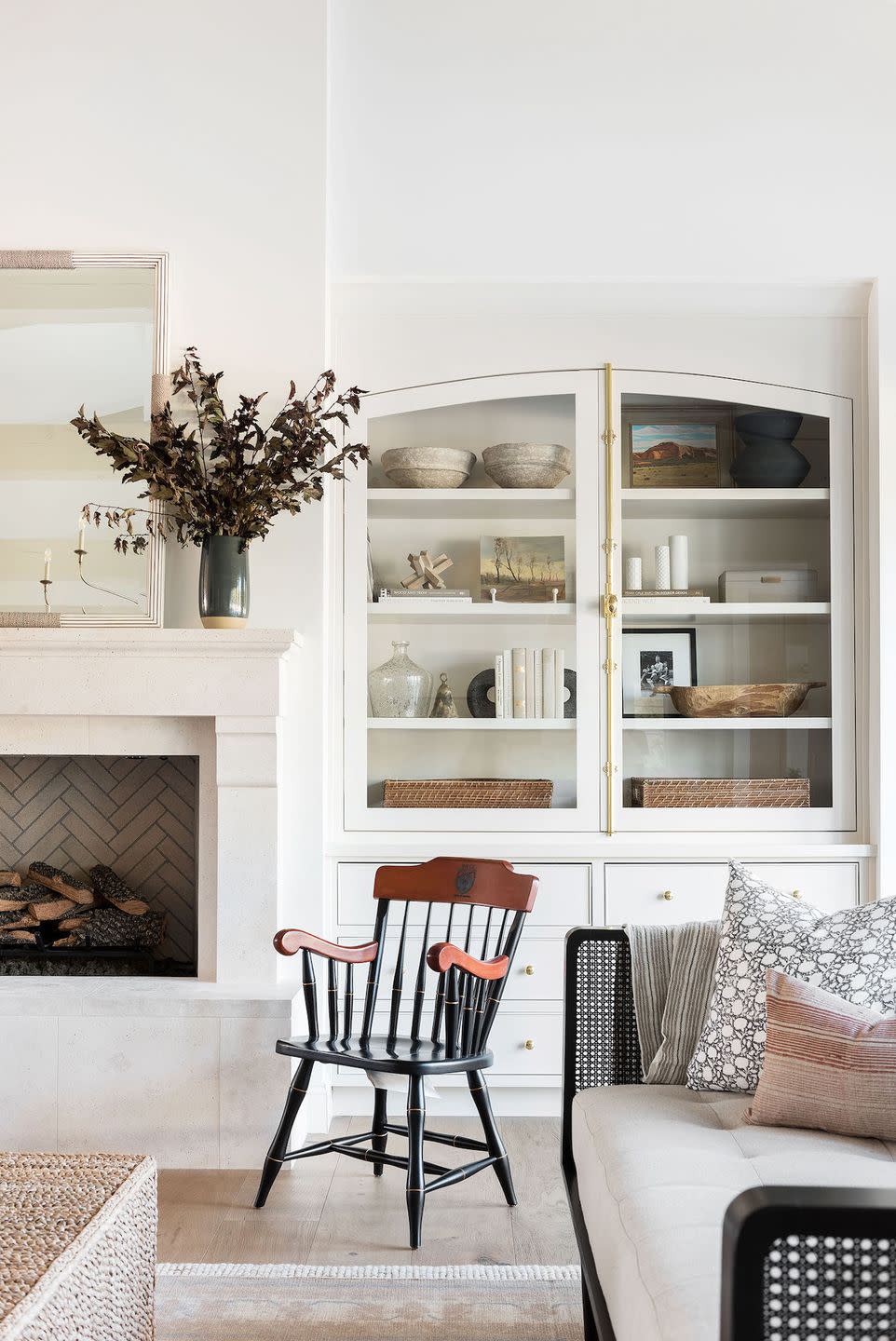
Yes, Instagram, TikTok, and even Pinterest have their plights (including late-night rabbit holes), but we'll give them credit where credit is due. At the very least, they can serve as an impressive source of inspiration. They can also introduce you to boutiques or designers you had never heard of and may appreciate. "I've found that having an incomplete room only urges me to hunt for the perfect piece," McGee says. "Bringing in a temporary fix just means spending money that you don't have to spend. I suggest just waiting and making do with what you have, then dive into Pinterest, other social media platforms, or even design books to figure out what makes the most sense in that space."
Start With the Walls
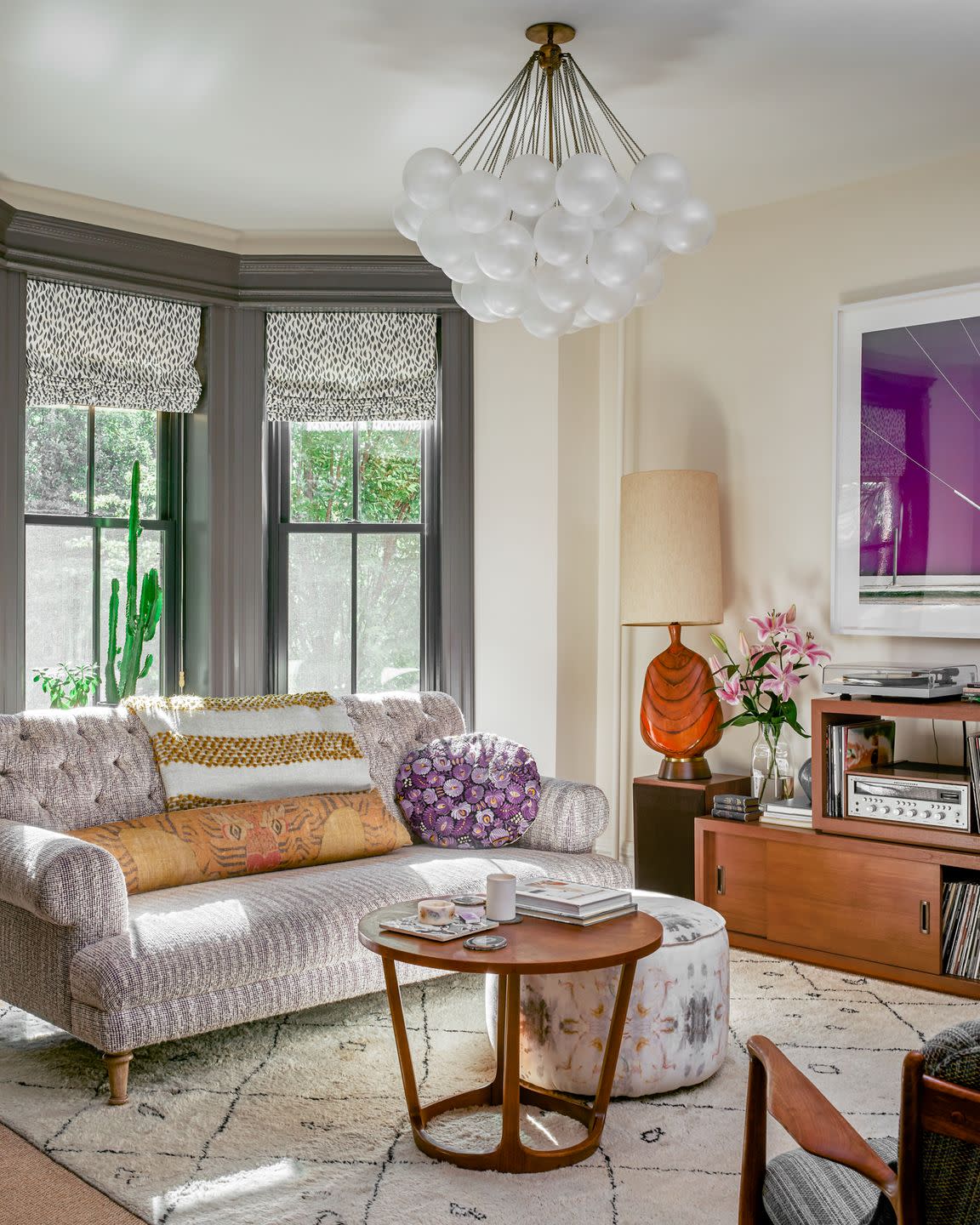
Charleston, South Carolina–based painter and textile artist Rebecca Atwood says that a well-loved home is a layered home, so avoiding stark white walls is key. But creating that layered, collected look is no easy feat. After all, how does one even decide how to dress the walls? Wallpaper or paint? "Wallpaper is transformative. If you're trying to create a mood, this, and a clear color palette, is the place to start," she says. "Patterns can create a more specific story than a single color, which allows you to really home in on the mood you want." What's more, setting the tone of the room by way of the walls can help dictate the furniture you choose.
"Laying down patterns on your walls provides a different backdrop for the furniture you place in the room. They create space and depth," Atwood says. "For instance, something tonal and textural can be classic and allow the room to still change over time. Other times, it will take center stage." So, if you're feeling a bit stuck on establishing the vibe of your room, you may want to take all the furniture out and focus on the walls to help drive some inspiration.
Buy Only What Makes You Happy
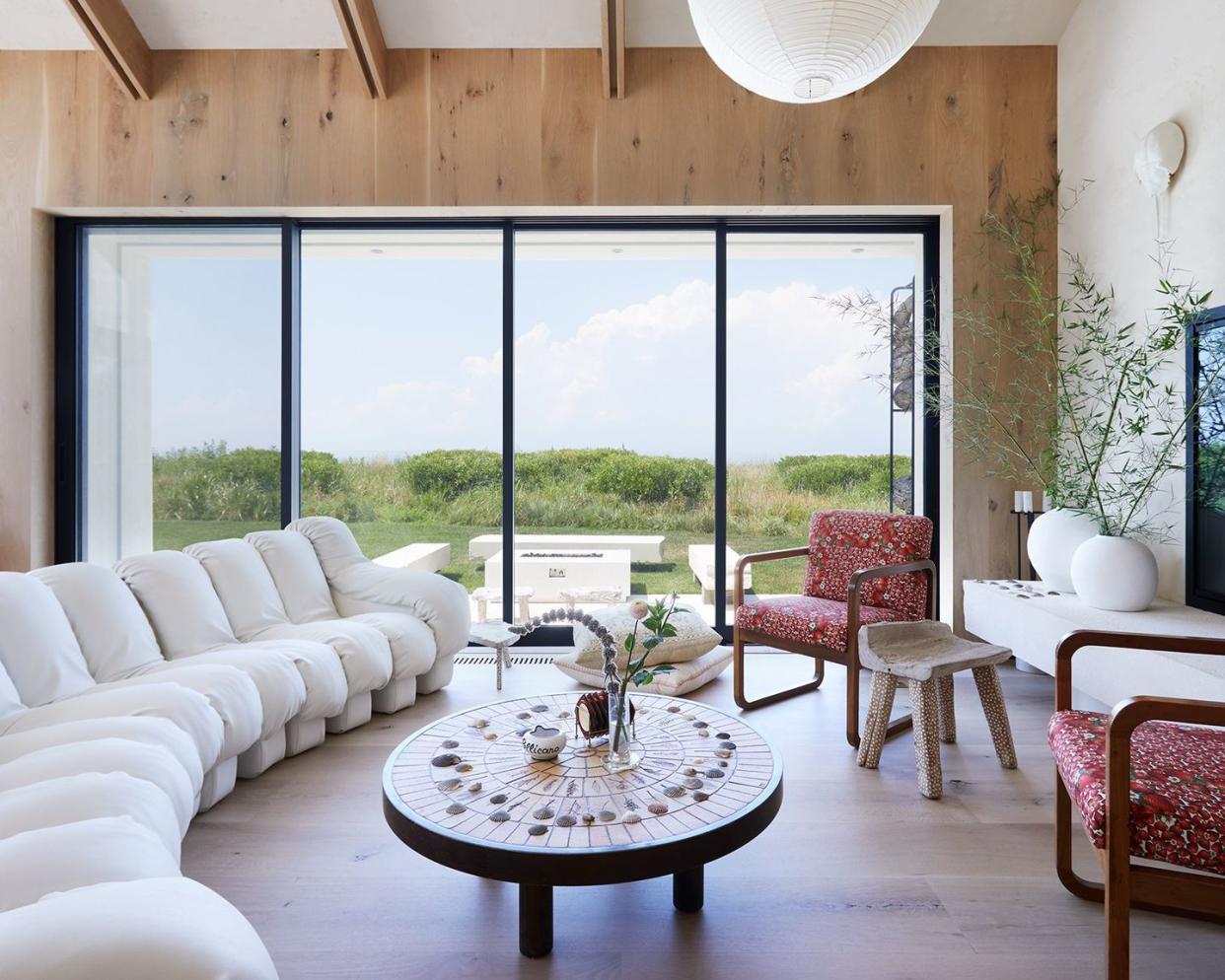
If you're spending money—no matter how much—it should be on something that, to quote Marie Kondo, "sparks joy." Buying something you feel ambivalent about simply because it pairs well with your sofa or walls is never a good idea. In fact, you may even come to resent it. "When it comes to purchasing something with the sole focus on how it looks in the space, you have essentially set the bar very low," Santangelo says. "When a client takes the time to search for a great work of art that both complements the space and makes them feel good, the result is a home that looks effortlessly put together and comes alive, as opposed to appearing contrived." Plus, buying things that bring you joy will give you an undeniable sense of comfort and satisfaction every time you look at, sit on, or walk across it.
Be Willing to Wait
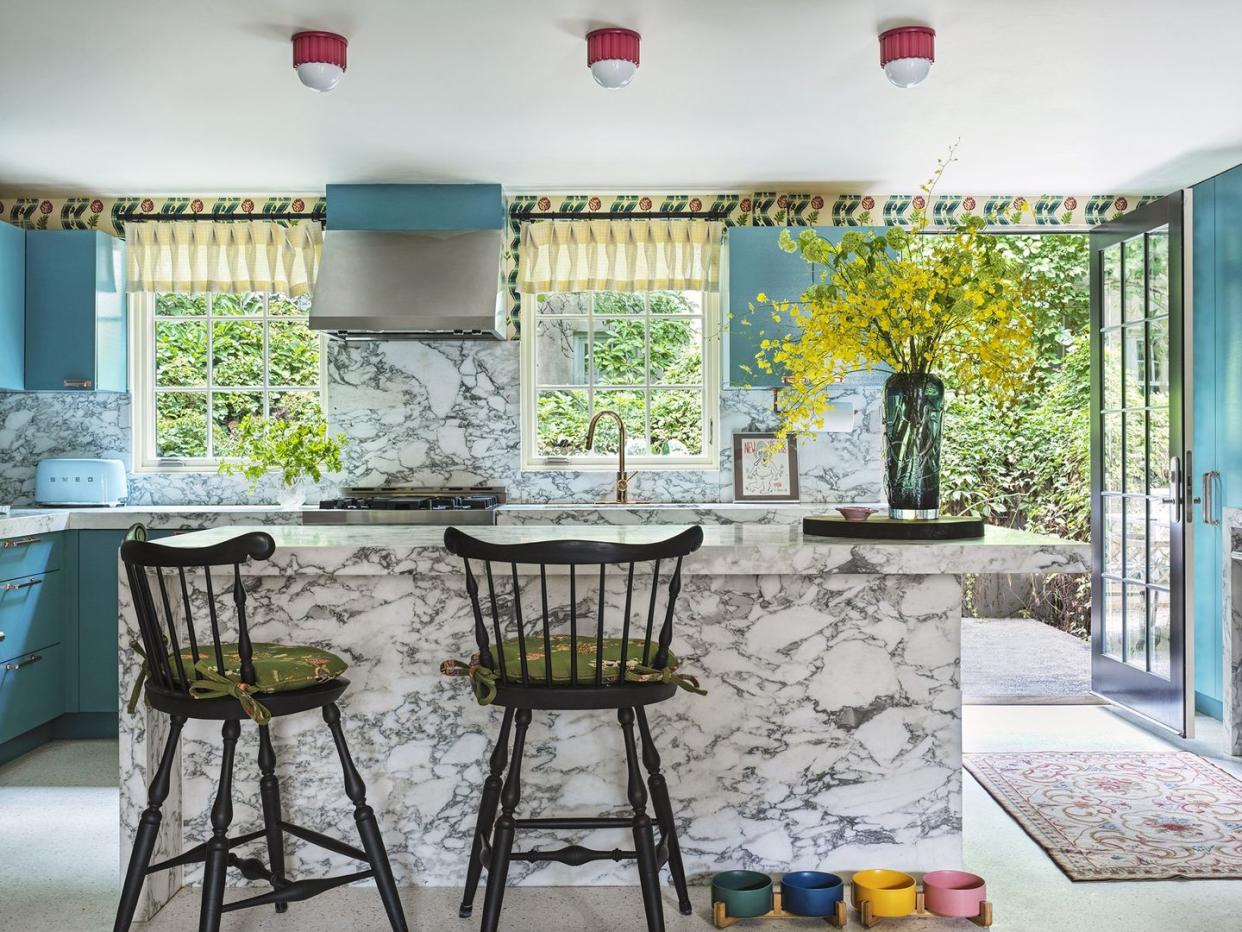
"Good things come to those who wait" is true in most cases—especially when it comes to design. Of course, you may not have the time or the patience to do this with every little detail, but Bikoff suggests waiting, sometimes for years, for the right pieces. So which ones, you may be wondering, are the ones worth waiting for? "They're those rare, vintage, antique, or one-of-a-kind pieces that capture your attention in a way nothing else has," Bikoff says. So, if you are on the hunt for, say, an end table to place beside your sofa, you can scan the Internet for anything that tickles your fancy at the moment, or you can go out into the world and see what really speaks to you on a deeper level, which, of course, takes longer than typing "end table" into the Google search bar.
So, choose which pieces you're willing to wait for—likely accessories rather than essential pieces like sofas and bed frames. Adds Bikoff, "There is such a beauty of living within a space, feeling the energy, before making any rash decisions on pieces you want to buy."
Working on a design project? Let us help!
Follow House Beautiful on Instagram and TikTok.
You Might Also Like
